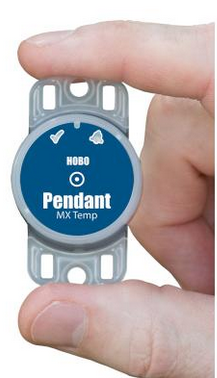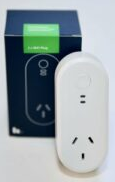Method for Collecting Temperature and Energy Consumption
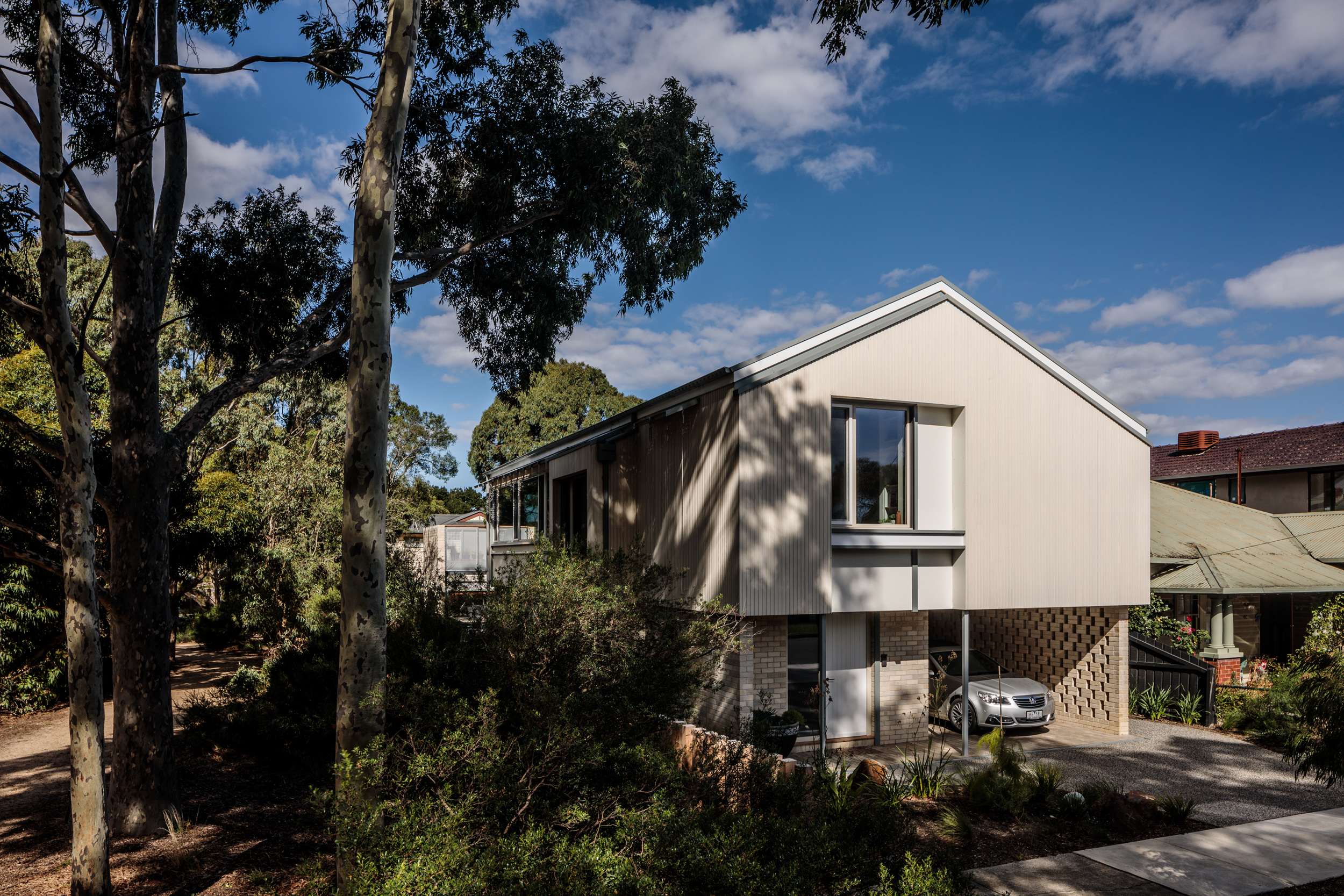
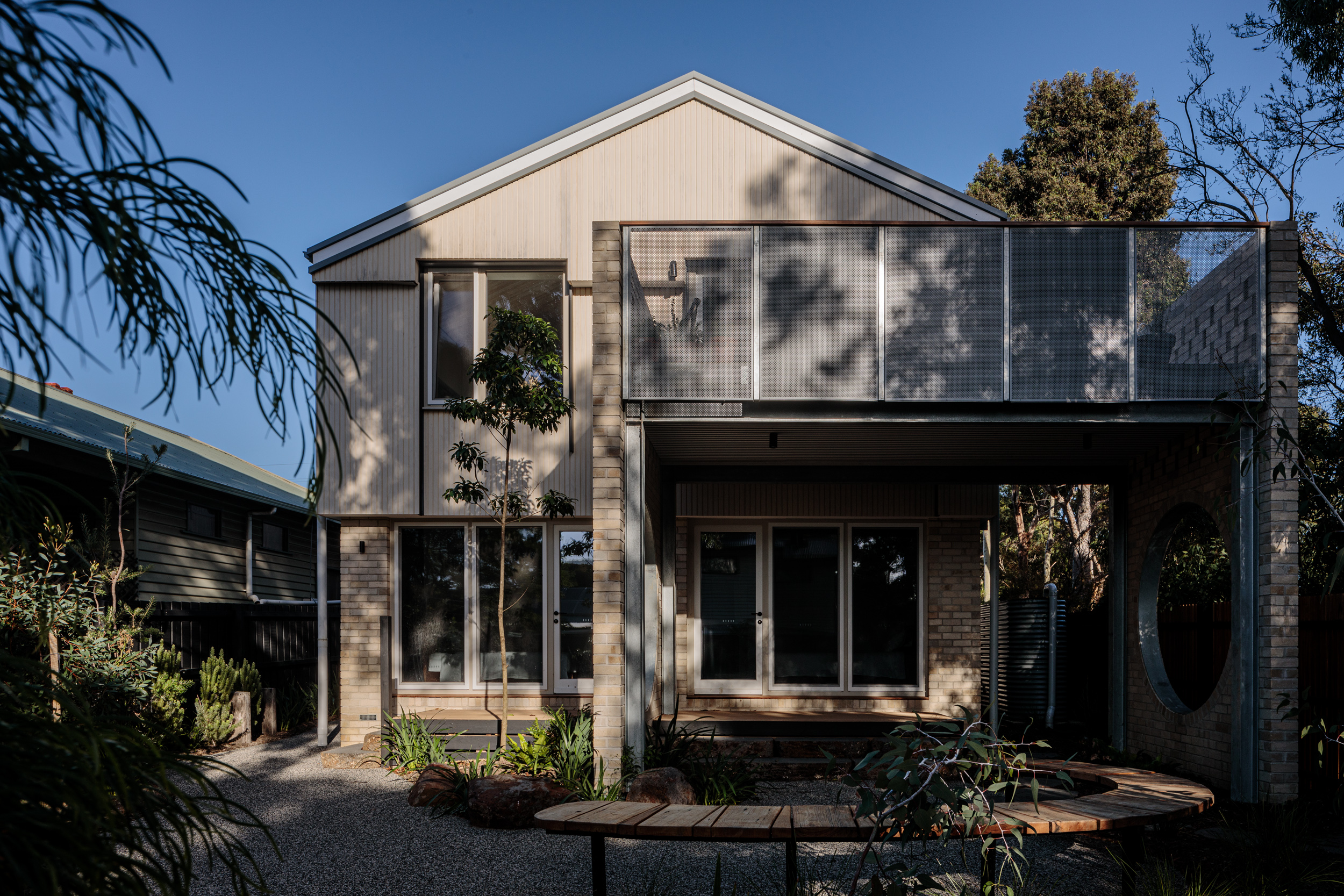
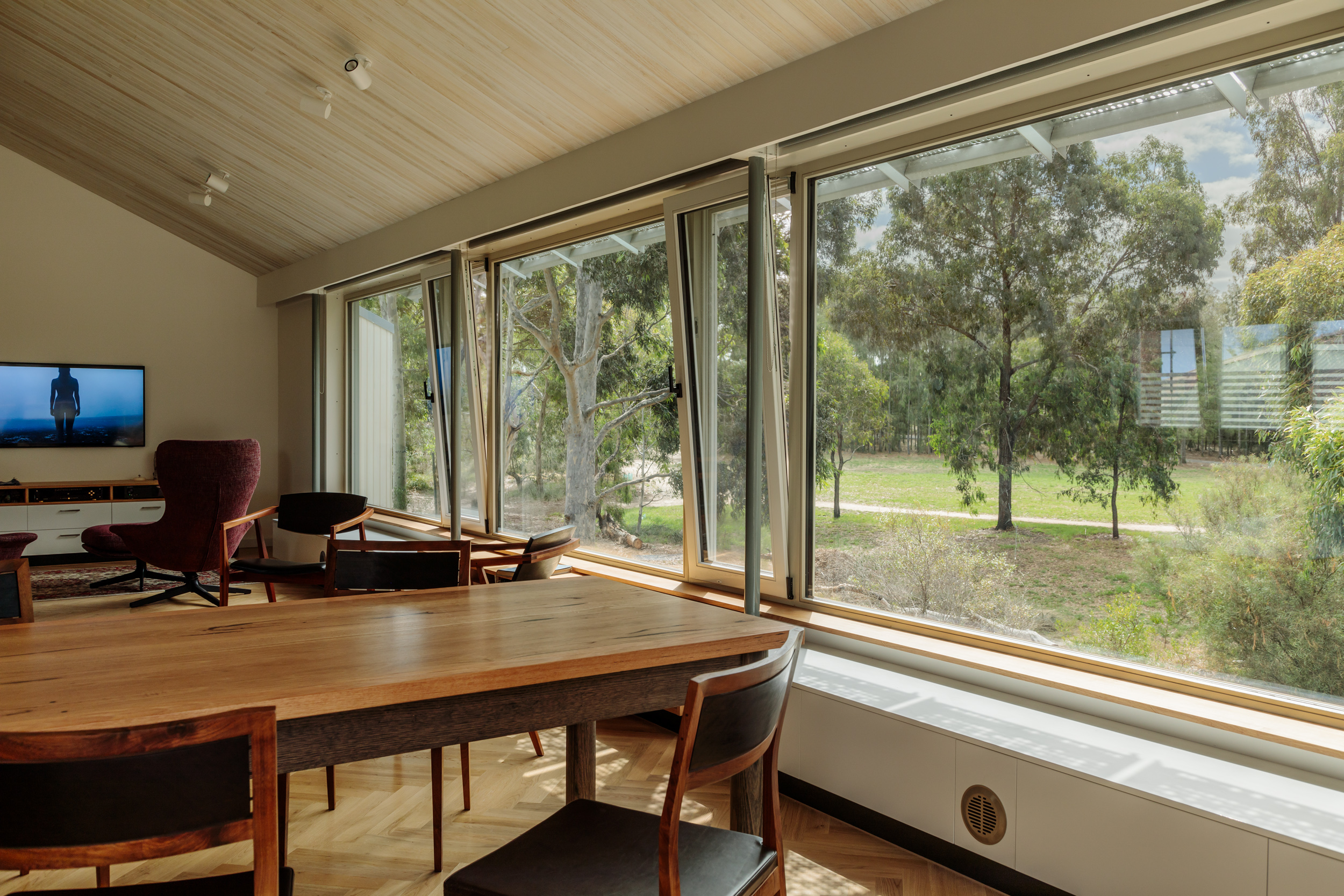
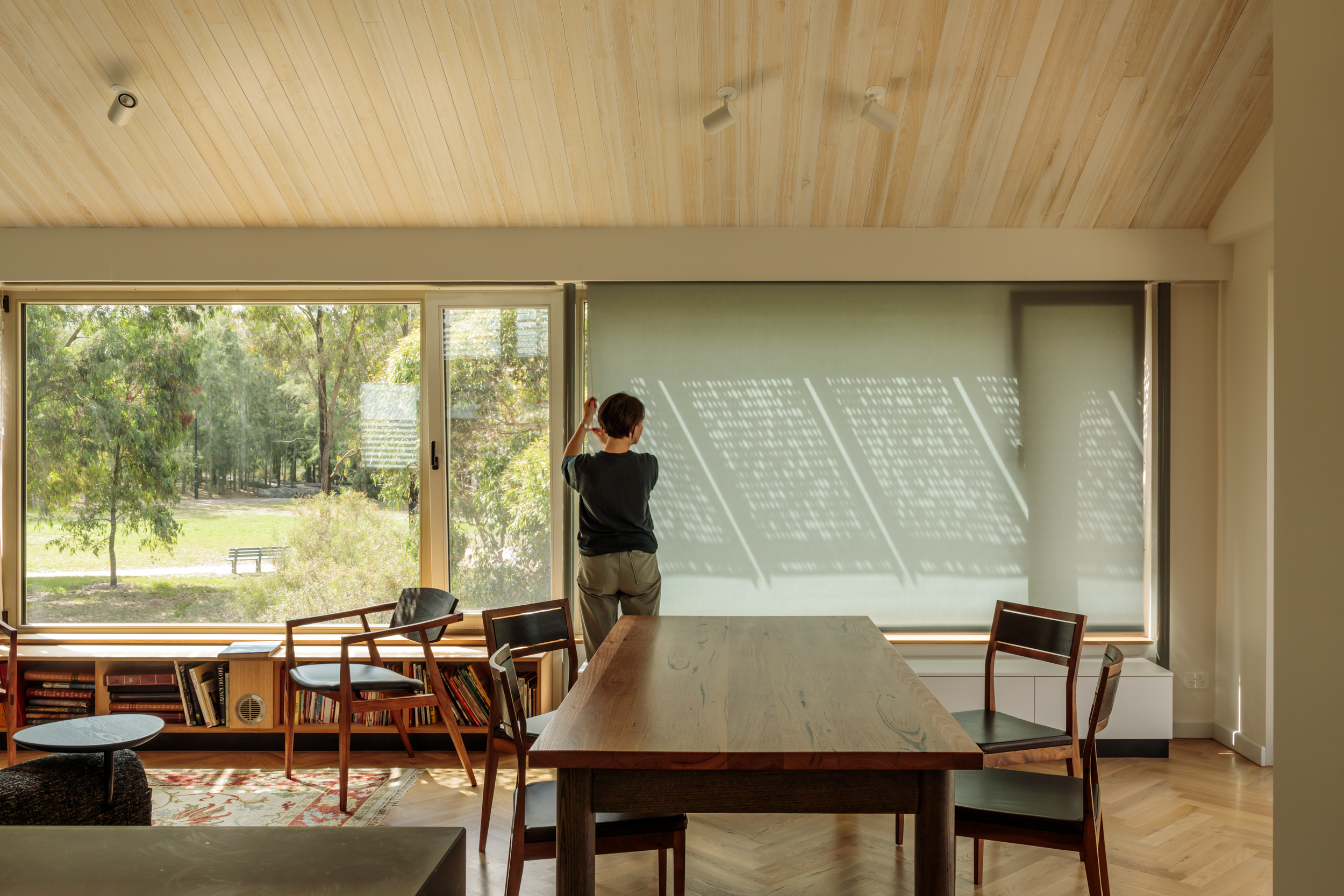
Designed by Antony DiMase of DiMase Architects
Built by Nick Lightfoot of Appetite for Construction
Description of the house
The house has two stories with the daily living upstairs and the bedrooms placed downstairs. The entry is from the west. There is large bank of windows upstairs which face north to overlook a large park with large trees providing summer shade to much of the roof and northern walls. Approximately 35% of the wall area is triple glazed window. A significant source of heat gain is a roof window (600x2200) in the study. There are four large windows (3 to north and one to east) that are a source of heat loss in winter but are mainly shaded to direct sun in summer by trees and external retractable blinds.
Internal heating is provided by two occupants, cooking and usual appliances and a floor heater in the bathroom to reduce condensation (the floor heater was set at 22oC between 06:00-09:00 each day in winter). A 3kWh portable electric unit was available for heating the upstairs living area until June when a 3kWh reversal cycle unit became available, after which use of the portable unit was greatly reduced although still used in the study.
Temperature Measurements
- OUTSIDE – in permanent shade, out of wind and on the east side of the house.
- UPSTAIRS – in the middle of the living area and out of direct sun and away from appliances
- DOWNSTAIRS- in the centre of the downstairs floor, away from all walls.
The temperature is measured and stored by the logger every 30 minutes until downloaded. The current temperature measured by the data logger is available on a smart phone app, allowing the occupants to actively manage the window settings (i.e. closing all windows or access outside temperature and breeze).
Periods in day
The “living period” is between 6:30 and 22:30, when upstairs is routinely occupied by one or both occupants. It is during this period that any active heating or cooling is most likely to be used. Note that one of the occupants does not work, is relatively immobile and occupies the upstairs for most of the “living period”. The “night period” is between 02:00 and 06:00, when upstairs is routinely unoccupied and when no active heating or cooling is likely to be used. The Energy Recovery Ventilator (ERV) System operates continuously whenever windows are shut against either heat or cold.
Comfort level
This is a temperature range when two main occupants are both comfortable. The occupants noted the temperature recorded by the logger on occasions that they began to feel too hot or cold. One occupant preferred a comfort range of 24-25 Co whereas the other occupant’s range was 18-26oC. The comfort range used here: 24-25oC.
Energy Consumption
Park Houses energy is supplied by Diamond Energy which is the top rated supplier in Greenpeace’s Green Electricity Guide. It only generates renewable electricity and owns over a thousand rooftop solar installations. It is possible to obtain 30 minute electricity usage from the meter that matches the temperature downloads from the logger. Putting a PowerSensor Plug on the power socket of relevant appliances such as reverse cycle heat pumps and ERV provides appliance level monitoring.
